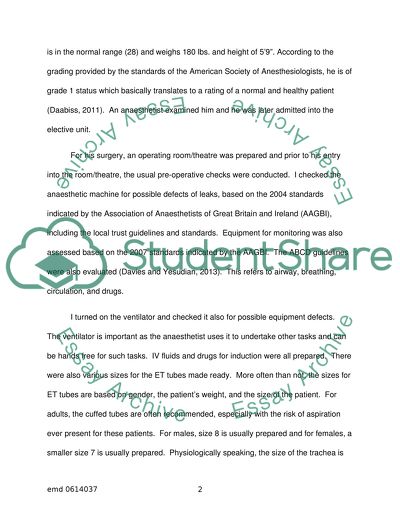Cite this document
(“Reflection on Failed Spinal Anaesthesia:Clinical Essay”, n.d.)
Retrieved from https://studentshare.org/nursing/1686035-reflection-on-failed-spinal-anaesthesiaclinical
Retrieved from https://studentshare.org/nursing/1686035-reflection-on-failed-spinal-anaesthesiaclinical
(Reflection on Failed Spinal Anaesthesia:Clinical Essay)
https://studentshare.org/nursing/1686035-reflection-on-failed-spinal-anaesthesiaclinical.
https://studentshare.org/nursing/1686035-reflection-on-failed-spinal-anaesthesiaclinical.
“Reflection on Failed Spinal Anaesthesia:Clinical Essay”, n.d. https://studentshare.org/nursing/1686035-reflection-on-failed-spinal-anaesthesiaclinical.


